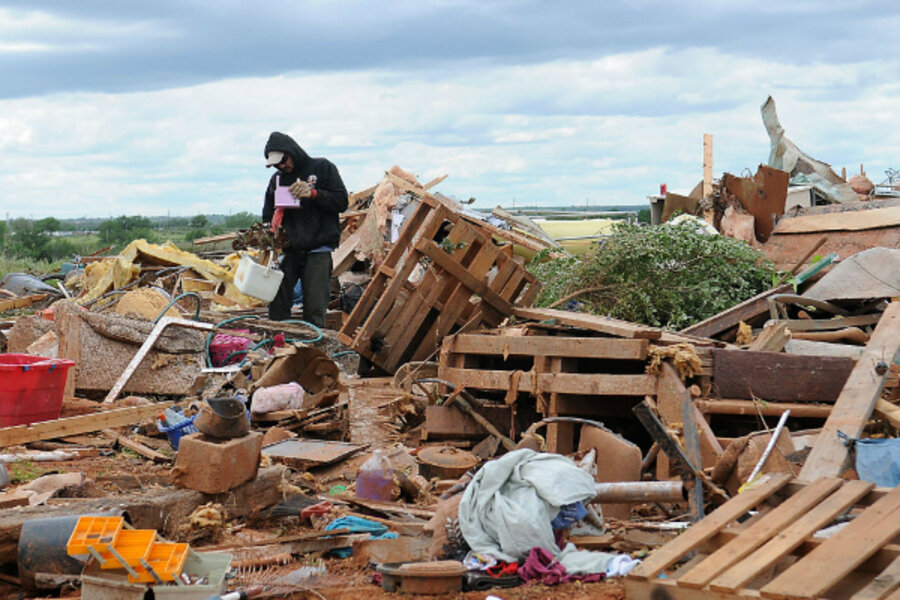Current US model building codes do not include standards for tornadoes or the wind-borne debris they kick up, according to the National Institute of Standards and Technology (NIST). But it's still worthwhile finding out when the house was built and how well it stacks up against current code requirements, including those for wind resistance. Although the odds are very low of any one house taking a direct hit from a tornado, let alone being struck by the strongest tornadoes, violent thunderstorms also can be accompanied by powerful so-called straight-line winds. These winds can reach speeds of more than 100 miles an hour and can inflict significant damage that sometimes is mistaken for tornado damage.
Damage can be reduced by anchoring walls to foundations and roofs to walls during construction, for instance. But such wind-resistant features "are not always easy to see," acknowledges Greg Carbin, warning-coordination meteorologist at the National Weather Service's Storm Prediction Center in Norman, Okla. But they are important. One home badly damaged during a tornado that hit Woodward, Okla., in April 2012 had exterior walls that were not anchored to the foundation, while studs for interior walls were not two-by-fours but one-by-twos, making it easier for damage to propagate after the exterior wall was breached.
Underground shelters or "safe rooms" installed inside homes play important roles in reducing casualties, especially in areas where few homes have basements. You can find more information about safe rooms by visiting the Federal Emergency Management Agency's (FEMA) web page on the topic.






